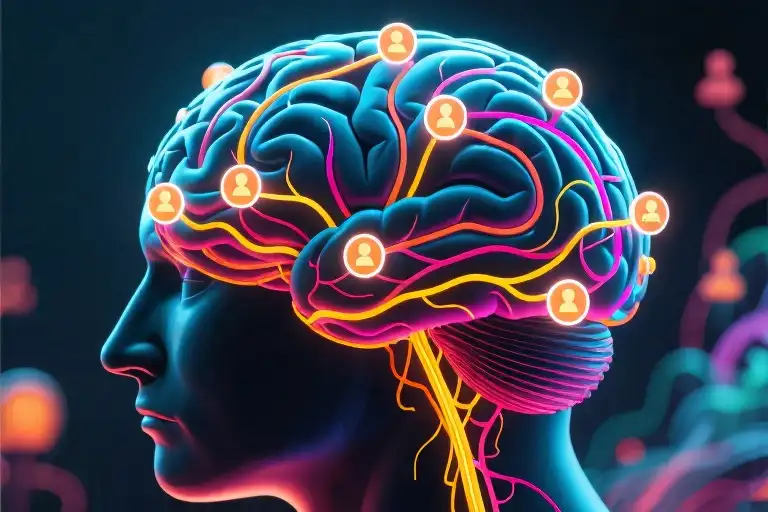You know that couple in the corner booth? The woman keeps adjusting her scarf like it’s choking her. The man’s foot hasn’t stopped tapping since they sat down. And that barista who just took your order? Her smile lasted exactly 1.3 seconds too long.
We’ve all heard that nonsense about needing months to understand someone. Let me tell you a secret: Your brain’s already decided. Those first ten seconds when you meet someone? That’s gold. Not magic – cold, hard neuroscience.
When Walls Start Talking: Your New Superpower
1. The Doorway Drama (And Why It Matters)
Watch next time someone enters a room. The “Spotlight Seeker” struts in like they’re on Broadway – shoulders back, chin up, eyes hungry for attention. Then there’s the “Human Chameleon” who melts into walls, their footsteps softer than a cat’s. My personal favorite? The “Social Architect” – that person who pauses at the threshold, scanning the room like a chessboard.
Here’s what science says:
- Expansive movements = Dopamine-driven extroversion (or crippling insecurity)
- Minimal eye contact = High analytical ability (not necessarily shyness)
- Strategic positioning = Status awareness (watch where they plant themselves)
2. The Micro-Moment Tell (You’re Missing This)
That split-second when their polite mask slips. Maybe it’s the way their nostrils flare when you mention their ex. Or how their pinky finger twitches when lying. I once caught a CEO’s left eyebrow doing the cha-cha when he talked profits – turned out the numbers were faker than his Rolex.
Try this tomorrow:
- Ask a harmless question
- Watch their eyebrow dance (surprise vs. controlled lift)
- Note the neck touch (anxiety indicator)
- Clock the response delay (0.5s = truth, 1.2s+ = fabrication)
3. The Hidden Language of Objects
Their phone isn’t just a phone. Is it:
- Clutched like a lifeline?
- Facedown on the table?
- Casually discarded like yesterday’s news?
A study from UCLA found:
- Device death-grip = High neuroticism
- Screen-up placement = Control needs
- Arm’s length distance = Social confidence
Why Your Gut Gets It Wrong (And How to Fix It)
We’ve all misread someone. That “rude” cashier? Turns out her mom just died. The “cocky” intern? Secretly battling stuttering. Here’s the fix:
- Three-Context Rule: See them in different settings (office vs. bar vs. crisis)
- Baseline Detection: Notice their normal vs. stressed behaviors
- Cultural Subtraction: Remove location-specific mannerisms
Remember: Personality isn’t a tattoo – it’s watercolor. But those first strokes? They show the whole painting’s direction.
Your New Reality (Starting Tomorrow)
Next coffee shop visit, try this:
- Pick a target (no creepiness, please)
- Note their entry strategy
- Track object interactions
- Watch for micro-expressions
You’ll start seeing patterns even Sherlock would envy. Best part? No psychology degree needed – just better coffee shop observation.





